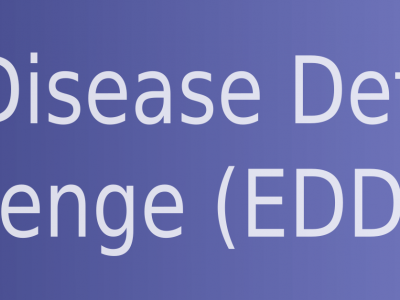Medical Imaging
Nextmed project is a software platform for the segmentation and visualization of medical images. It consist on a series of different automatic segmentation algorithms for different anatomical structures and a platform for the visualization of the results as 3D models.
This dataset contains the .obj and .nrrd files that correspond to the results of applying our automatic lung segmentation algorithm to the LIDC-IDRI dataset.
This dataset relates to 718 of the 1012 LIDC-IDRI scans.
- Categories:
 808 Views
808 ViewsThe migration of cancer cells is highly regulated by the biomechanical properties of their local microenvironment. Using 3D scaffolds of simple composition, several aspects of cancer cell mechanosensing (signal transduction, EMC remodeling, traction forces) have been separately analyzed in the context of cell migration. However, a combined study of these factors in 3D scaffolds that more closely resemble the complex microenvironment of the cancer ECM is still missing.
- Categories:
 372 Views
372 Views
CHALLENGE ON ULTRASOUND BEAMFORMING WITH DEEP LEARNING (CUBDL)
- Categories:
 397 Views
397 Views
n/a
- Categories:
 102 Views
102 Views
Some examples of the non-public data set ImageCLEF 2019 VQA-Med, including training, validation and test part.
- Categories:
 352 Views
352 Views
This dataset was used to investigate numerical methods of integration of the Frenet-Serret equations as applied to the study of vessel shape. This data is a compliation of previously published data from the following papers:
A. V. Kamenskiy, J. N. MacTaggart, I. I. Pipinos, et al., “Three-dimensional geometry of the human carotid artery,” Journal of Biomechanical Engineering, vol. 134, no. 6, p. 064592, 2012.
- Categories:
 473 Views
473 Views
Features Extracted from BraTS 2012-2013
- Categories:
 156 Views
156 Views
An accurate analysis of fluid–structure interaction (FSI) at compliant arteries via ultrasound (US) imaging and numerical modeling is a limitation of several studies. In this study, we propose a deep learning-based boundary detection and compensation (DL-BDC) technique that can segment vessel boundaries by harnessing the convolutional neural network and wall motion compensation in near-wall flow dynamics. The segmentation performance of the technique is evaluated through numerical simulations with synthetic US images and in vitro experiments.
- Categories:
 362 Views
362 Views

